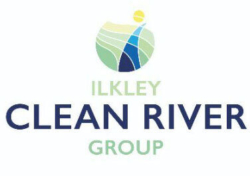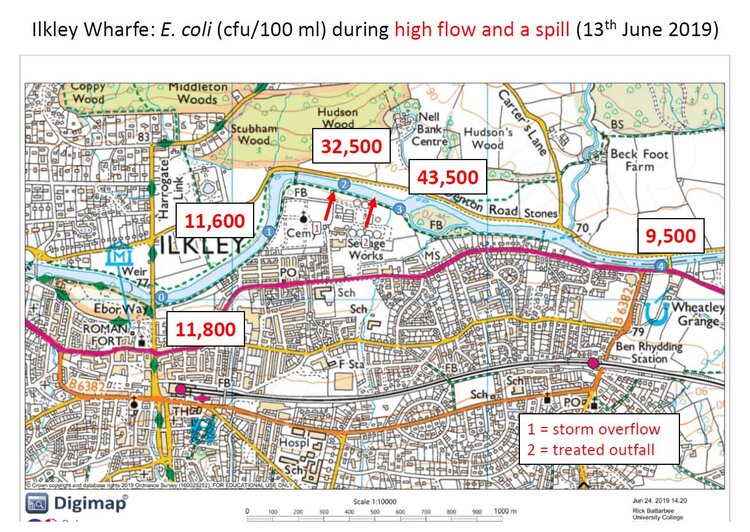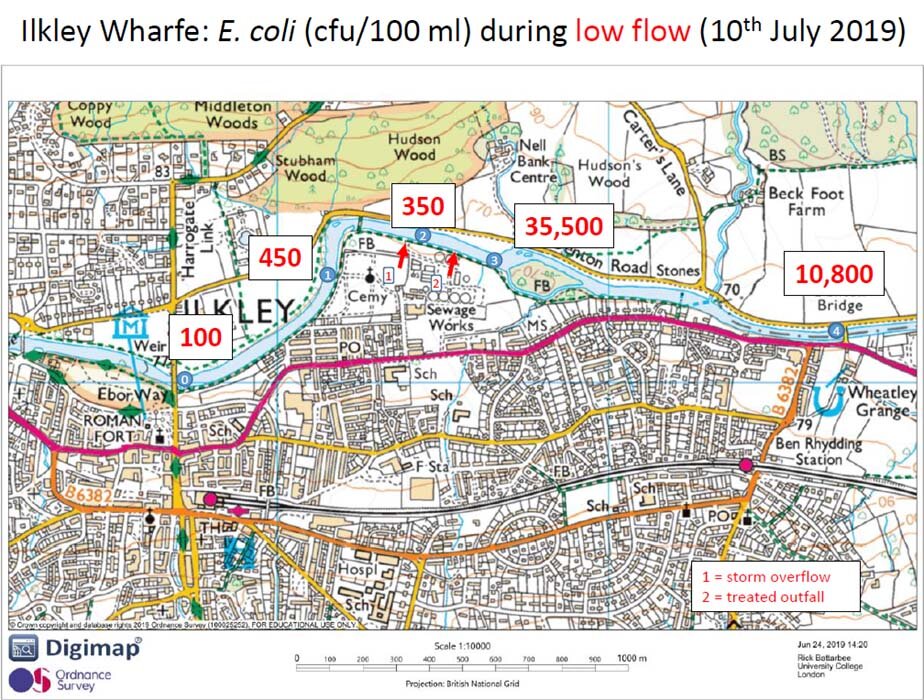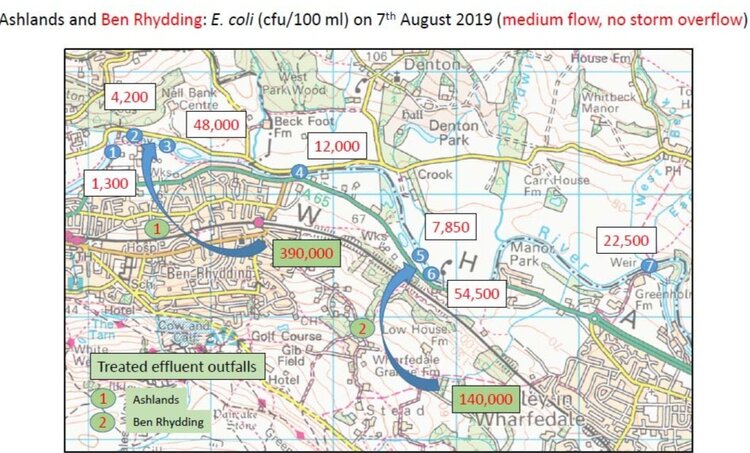Seminar about citizen testing and funding chaired by Prof. Becky Malby
*******
Citizen Science Testing for Campaign Groups
Citizen Science provides great information for your campaign to stop pollution from sewage in your river. Do you want to do your own Citizen Science testing to check the water quality in your river? We have a set of materials to help you. You will find guidance and links to resources in these two briefing documents:
1. Here is the protocol we have developed and which is approved by the Environment Agency for testing the water for sewage pollution
2. Here is what you need if you want to test the water quality in a stretch of a river.
Do get in touch if you want any help as we provide seminars to support you. Click here:
*******
By and large the general public is unaware that rivers are used to discharge not only treated effluent but also untreated effluent directly to rivers;
• It’s (almost) all quite legal , permitted under licence by the Environment Agency;
• The EA advise against swimming in rivers;
• Both the water industry and the EA have been content with these arrangements; and,
• Spills during heavy rainfall events usually go unnoticed, because outlet pipes are often hidden from view.
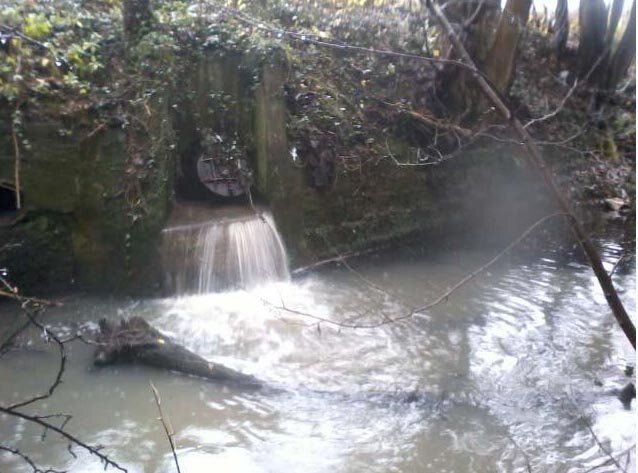
EU legislation regulated water quality at bathing waters throughout Europe based on monitoring faecal bacteria.
| Parameter | Intestinal enterococci (cfu/100ml) | Escherichia coli (e.coli) (cfu/100ml) |
|---|---|---|
| Excellent Quality | 200 | 500 |
| Good Quality | 400 | 1000 |
| Sufficient | 330 | 900 |
The three maps below show the locations of where testing took place. Figures framed and in red are the resultant numbers counted when sampling. Arrowed in red and labelled “1” and “2” point to the location of the Ashlands storm overflow and the STW treated water outflow respectively.
It is quite clear from these images, that spills of untreated sewage from Ashlands Sewage Treatment Works (STW) lead to high concentrations of faecal bacteria in the river.
Red arrow no. 1 (sample point no. 2) shows that untreated effluent contains high concentrations of faecal bacteria at 32,500 cfu/100ml, whilst treated outflow down-river at red arrow no.2 (sample point 3) at 43,500 cfu/100mm. This pattern continues on the map below showing conditions are never suitable for swimming at Beanland’s Island.
Click image to enlarge:
